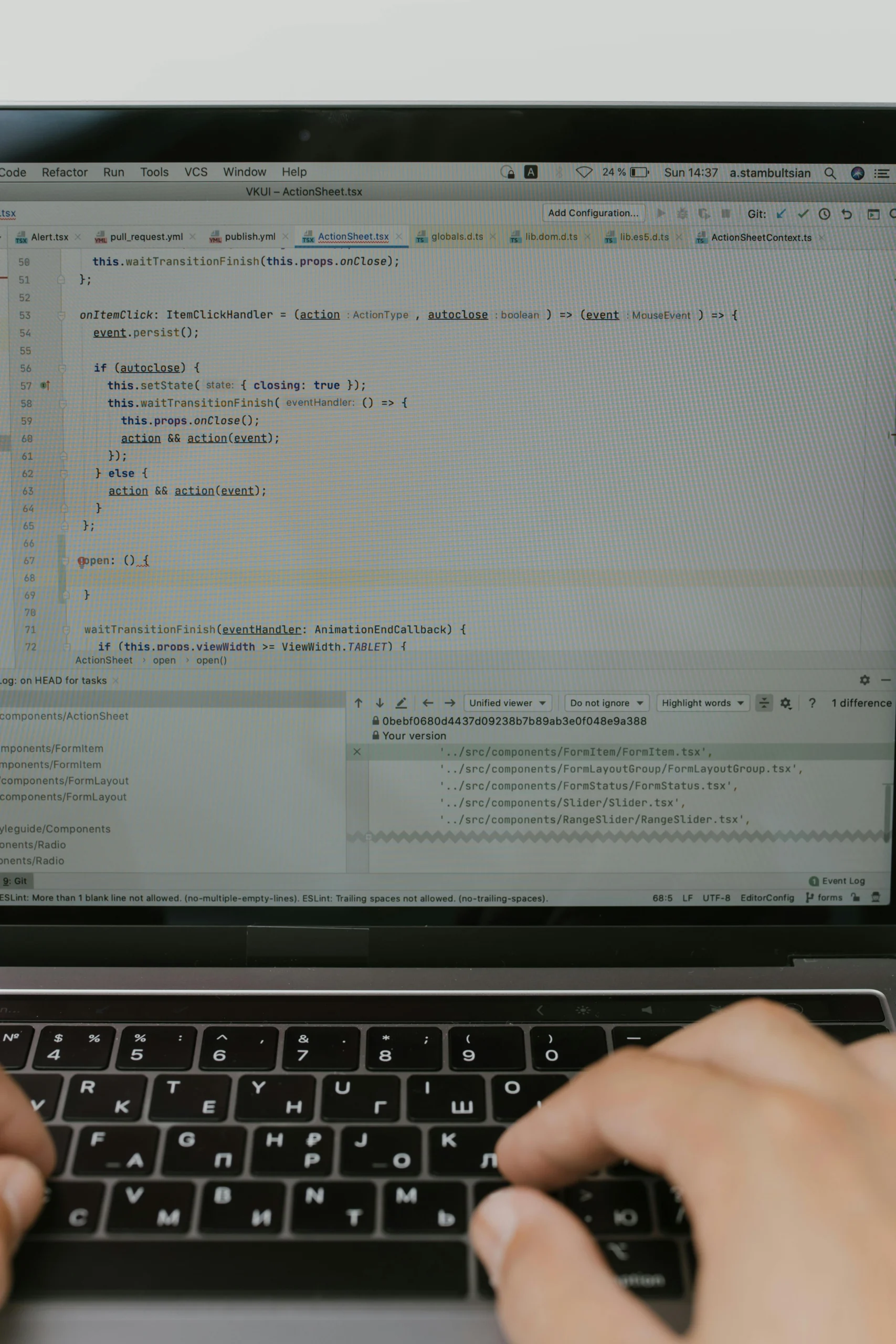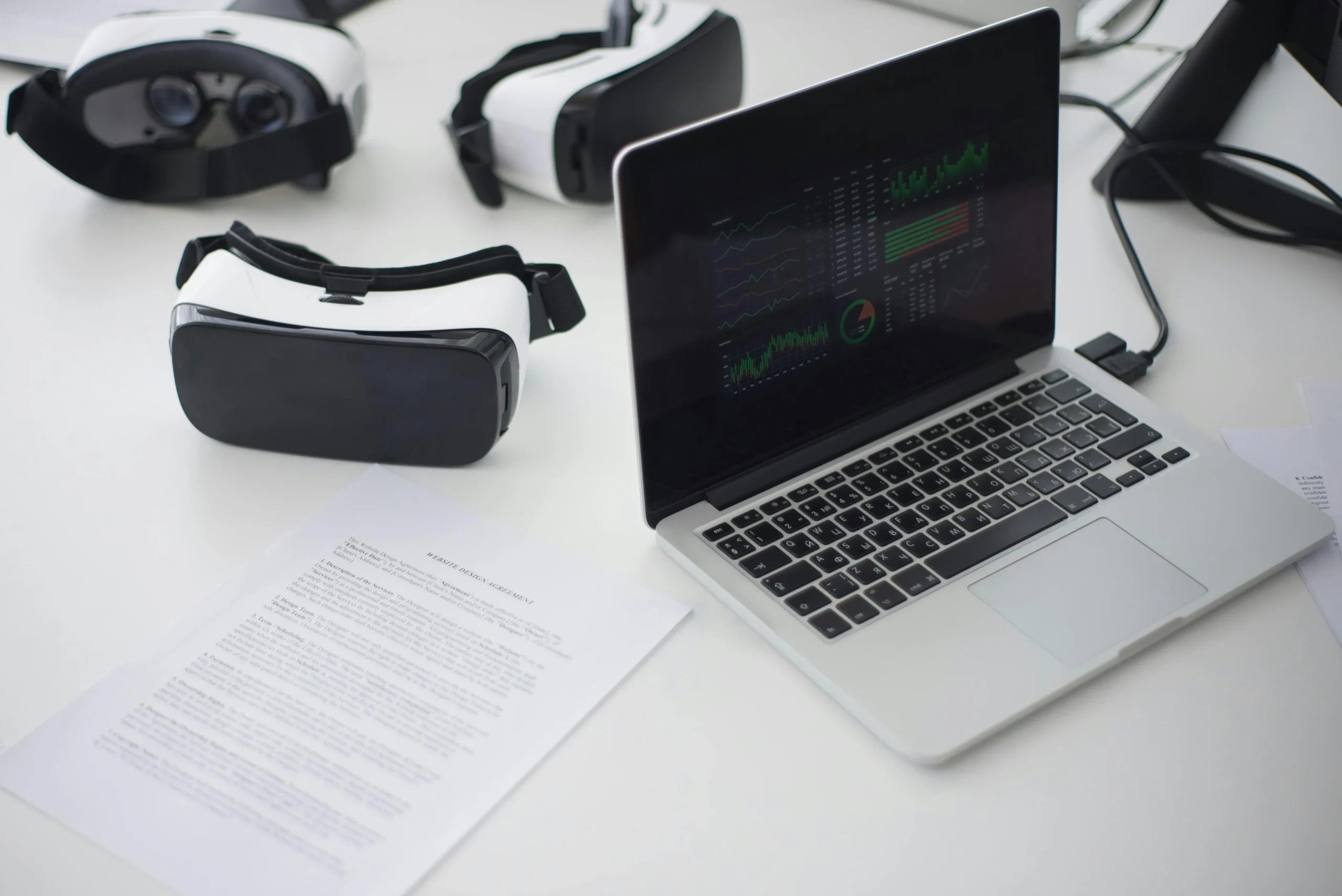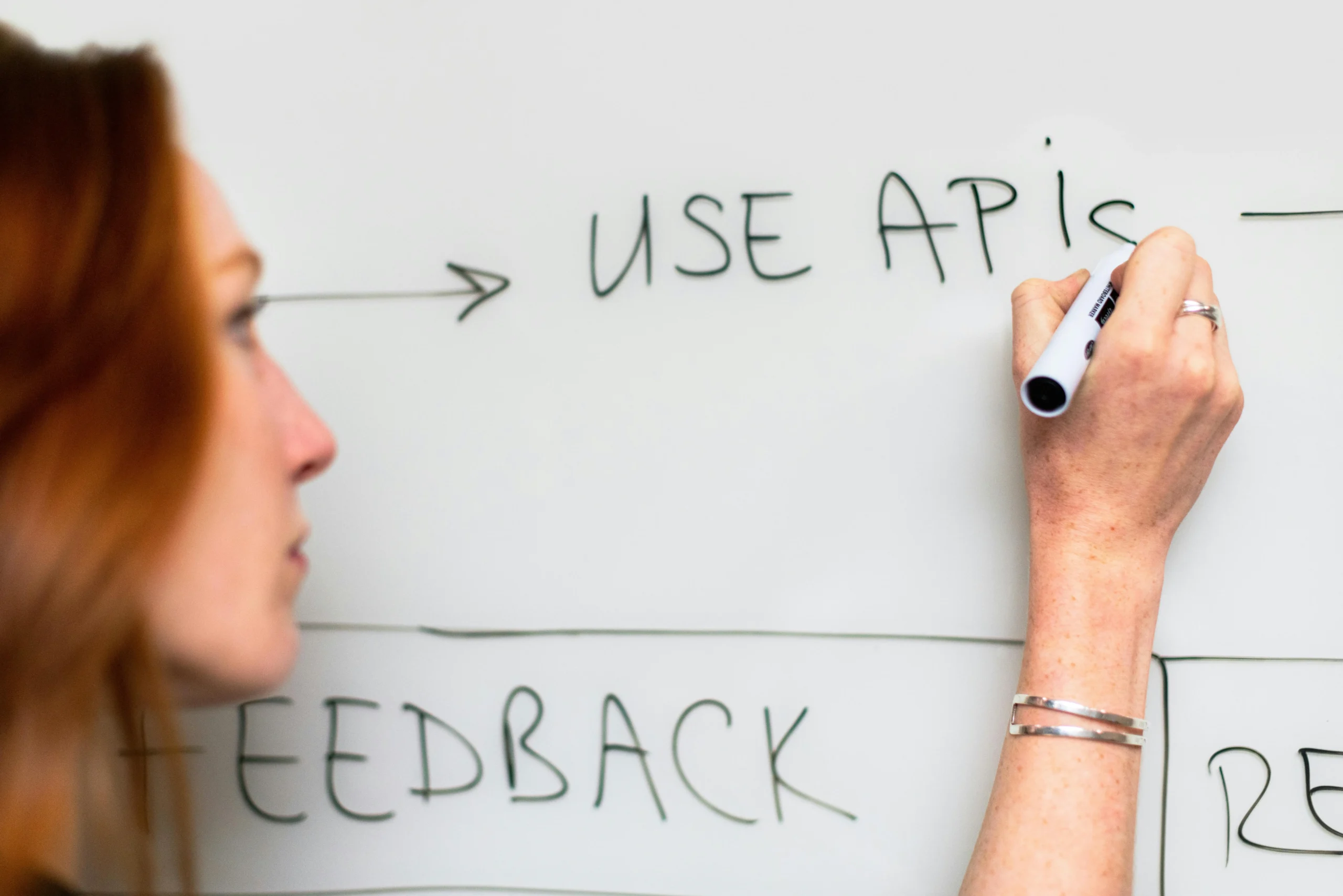The pharmaceutical sector is currently navigating a challenging landscape marked by increased raw material costs and significant supply chain disruptions. Such factors are heavily impacting profit margins while concurrently facing intense scrutiny from governments like the US regarding drug pricing. One major concern is the looming expiration of patents, which threatens to cost the industry nearly $300 billion in sales by 2030 as competitors introduce lower-cost alternatives. Additionally, the financial burden of developing new drugs is increasing, with McKinsey’s 2022 estimate pegging the average cost to launch at an eye-watering $4 billion, up 8% annually.
Parallel to these economic factors, the demand for personalized medical solutions is growing. Patients and healthcare providers alike are increasingly favoring targeted therapies, which offer improved efficacy but are also more expensive to produce. Consequently, this has limited these drugs to a narrower consumer base. The necessity for personalized marketing strategies has also intensified, as pharma companies struggle to engage healthcare professionals amidst fierce competition. In 2024, it was reported that biopharmaceutical firms reached only 45% of HCPs, a significant drop from 60% in 2022, emphasizing the need for real-time, personalized communication to foster trust and engagement.
👉 Pročitaj original: MIT Technology Review – AI








